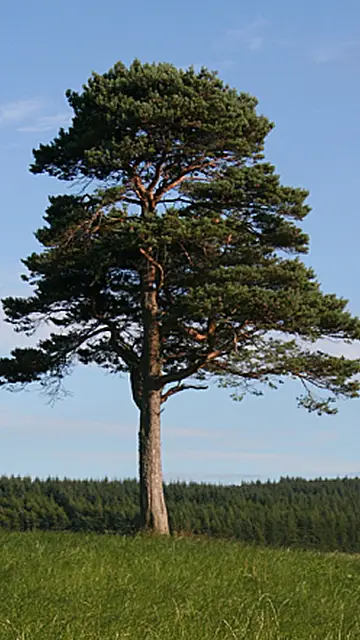

Scotch Pine
Pinus sylvestris L.
Scotch Pine
Pinus sylvestris L.
“Pinus sylvestris is the only native pine to Great Britain…”– Fun Facts
 Full Tree, Pinus sylvestris (Burgess, 2006)
Full Tree, Pinus sylvestris (Burgess, 2006)


Summary
Taxonomy
(How things are grouped and categorized based on shared traits.)- Kingdom: Plantae
- -Phylum: Streptophyta
- –Class: Equisetopsida
- —Subclass: Pinidae
- —-Order: Pinales
- —–Family: Pinaceae
- ——Genus: Pinus
- ——-Species: sylvestris
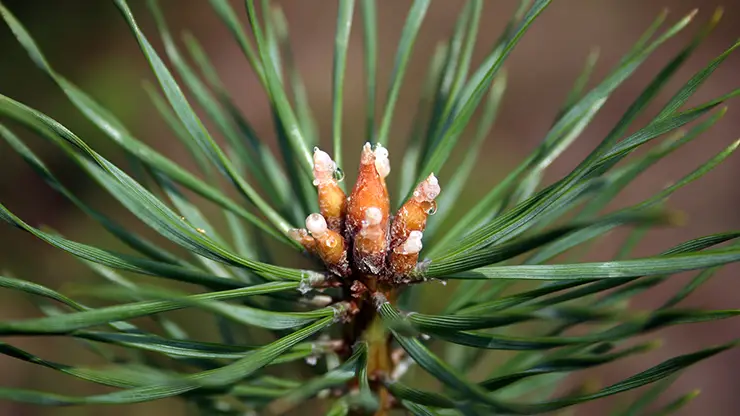
Taxonomic History:
Since its naming by Linnaeus in 1753, Pinus sylvestris has been the botanically accepted name. There are from 19-22 named varieties but the only accepted are those published by Ruby & Wright (1976). These names are not equally applied worldwide and can thus cause confusion when speaking about or ordering certain varieties. The best way to differentiate between varieties is to look at the geographic origin (Skilling, n.d.).
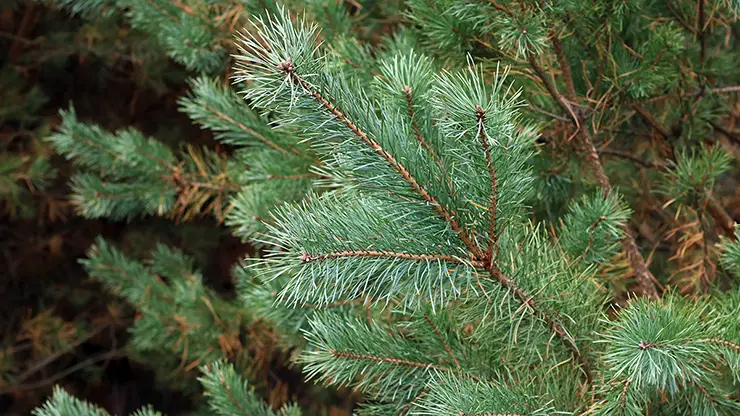
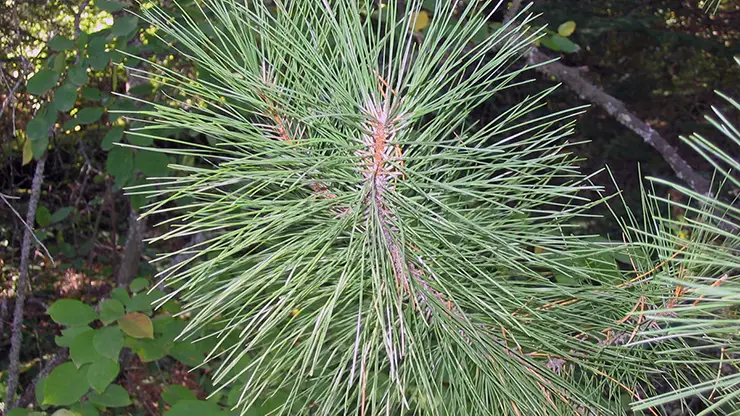
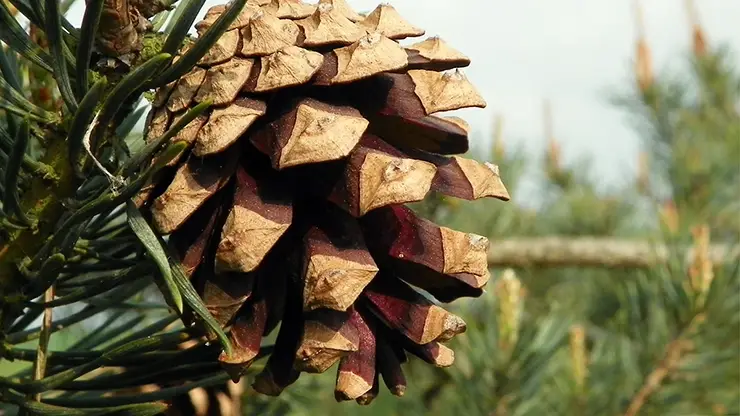
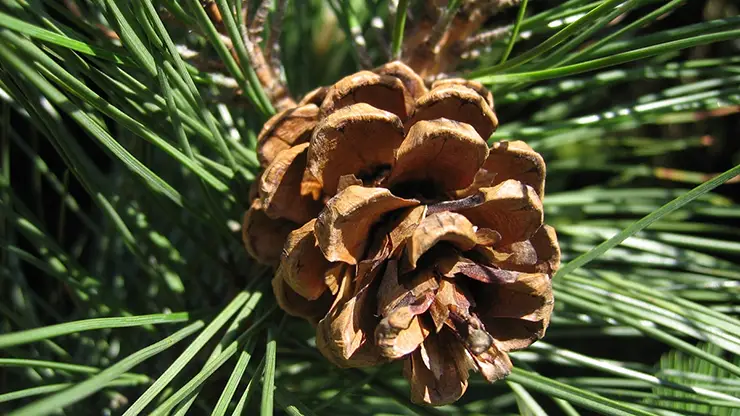

Identification Tips
Pinus sylvestris may be confused with Red pine, Pinus resinosa, as both have reddish bark. Scotch pine has shorter, bluish-green needles (1-2.5 in) whereas Red pine has yellowish, longer needles (4.5-6 in). Scotch cone scales are thicker and have an angular, 4-sided tip while the scales of Red pine are thinner and rounded at the tip (bplants.org, n.d.).

Fun Fact!
Known as the Scotch (Europe) or Scotch (USA) pine, Pinus sylvestris is the only native pine to Great Britain and is the national tree of Scotland (Forestry and Land Scotland, 2024).
Native Range:
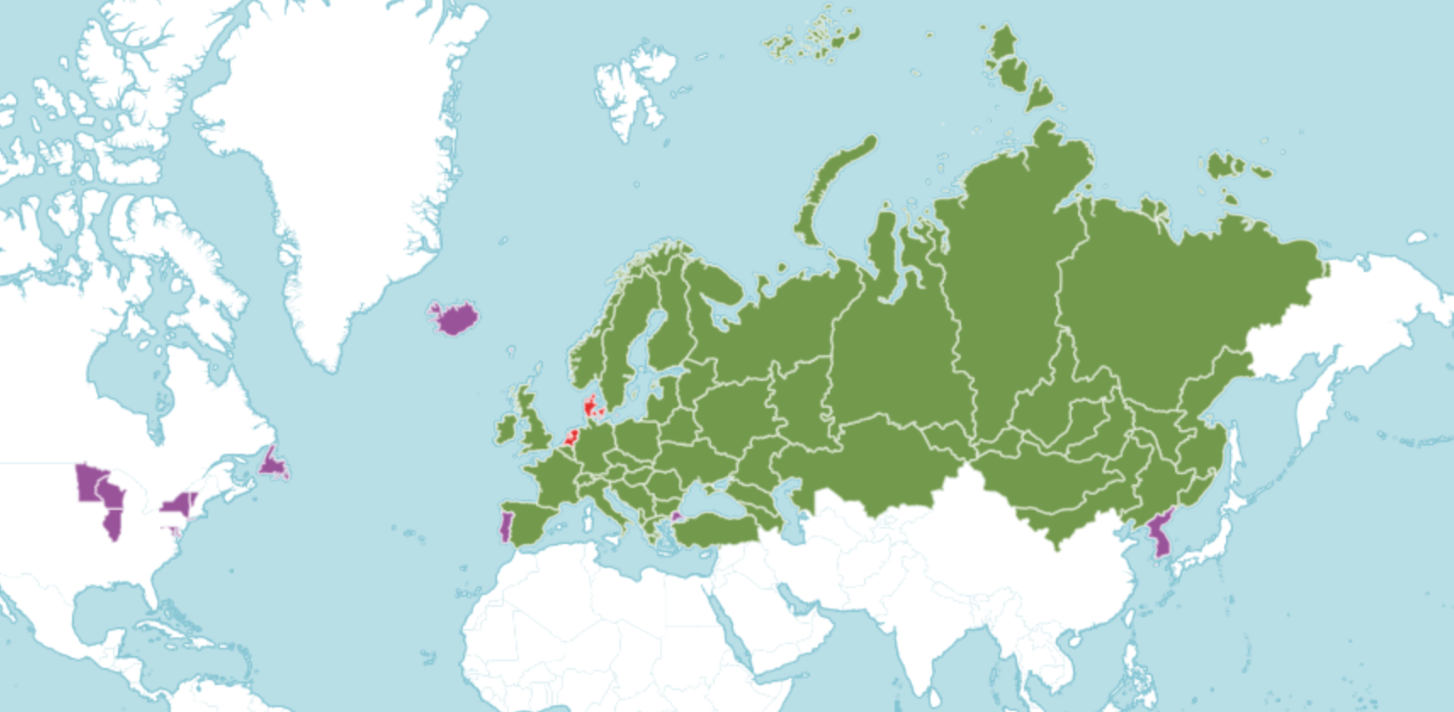

Native

Introduced
Plant Ecology/Habitat
The Scotch pine has adapted to a very wide distribution across the Northern hemisphere, where a number of varieties based on region and climate can be found. It can survive in temperatures as low as -84°F and grows in some areas where the soil is permanently frozen. However, it grows best in temperate climates (Steven and Carlisle, 1959).

Economic or Ethnobotanical Uses
- Scotch Pine constitutes 30% of cultivated Christmas trees (Trocke, 1966). It is a common landscaping and ornamental tree choice (Skilling, n.d.) and is also used in the timber industry.
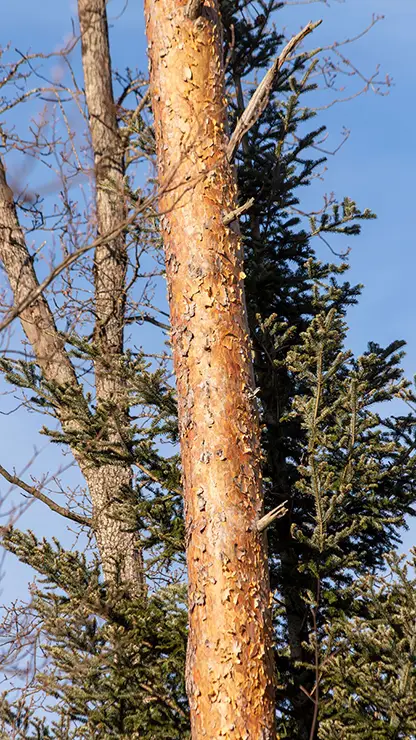

Conservation Status
The conservation status is of least concern (IUCN, 2024), though it has been declared extirpated in certain areas of Europe.
Additional Resources

References

- AnemoneProjectors. (2011). Scots Pine (Pinus sylvestris). [Photograph]. Wikimedia Commons. https://commons.wikimedia.org/wiki/File:Scots_Pine_(Pinus_sylvestris).jpg
- Bplants.org. (n.d.). Red pine vs scots pine. [website]. https://bplant.org/compare/156-157.
- Chernilevsky, G. (2020). Pinus sylvestris. [Photograph]. Wikimedia Commons. https://commons.wikimedia.org/wiki/File:Pinus_sylvestris_2020_G1.jpg
- Förderer, L. (2025). Pinus sylvestris bark. [Photograph]. PlantNet. https://identify.plantnet.org/ur/k-world-flora/observations/1025478410.
- Forestry and Land Scotland. Scots pine (Pinus sylvestris). Retrieved October 2024, from https://forestryandland.gov.scot/learn/trees/scots-pine
- Herring, A. (2003). Pinus resinosa. [Photograph]. Wikimedia Commons. https://commons.wikimedia.org/wiki/File:Pinus_resinosa_2-eheep_(5098077528).jpg
- International Union for Conservation of Nature. Pinus sylvestris (L.) Scots pine. The IUCN Red List of Threatened Species. Retrieved September 2024, from https://www.iucnredlist.org/species/42418/2978732
- Kanoti, K. (2008). Pinus resinosa cone. [Photograph]. Wikimedia Commons. https://commons.wikimedia.org/wiki/File:Pinus_resinosa_cone.jpg
- Plants of the World Online. (2024). Pinus sylvestris L. Royal Botanic Gardens Kew. Retrieved September 2024 https://powo.science.kew.org/taxon/urn:lsid:ipni.org:names:263353-1
- Missouri Botanical Garden. Ethnobotanical information for Pinus sylvestris. Tropicos. Retrieved September 2024, from https://tropicos.org/ethnobotany/765
- Pleple2000 (2006). Pinus sylvestris [Photograph]. Wikimedia Commons. https://commons.wikimedia.org/w/index.php?curid=1627982
- Ruby, J.L., and Wright, J.W. (1976). A revised classification of geographic varieties in Scots pine. Silvae Genetica 25:149-232.
- Skilling, D.D. (n.d.). Scotch Pine. FS-USDA publication, Ag-264. Accessed September 2024. https://www.srs.fs.usda.gov/pubs/misc/ag_654/volume_1/pinus/sylvestris.htm.
- Southwest Biodiversity, LLC. (n.d.). Pinus sylvestris (Scots pine). Retrieved September 2024, https://swbiodiversity.org/seinet/taxa/index.php?taxon=Pinus+sylvestris&formsubmit=Search+Terms#
- Steven, H.M., and Carlisle, A. (1959). The native pinewoods of Scotland. Oliver and Boyd Publications, Edinburgh. 368 p.
- Trocke, J.K. (1966). Marketing Christmas trees. Michigan State University, Extension Bulletin 535. East Lansing. 13 p.
